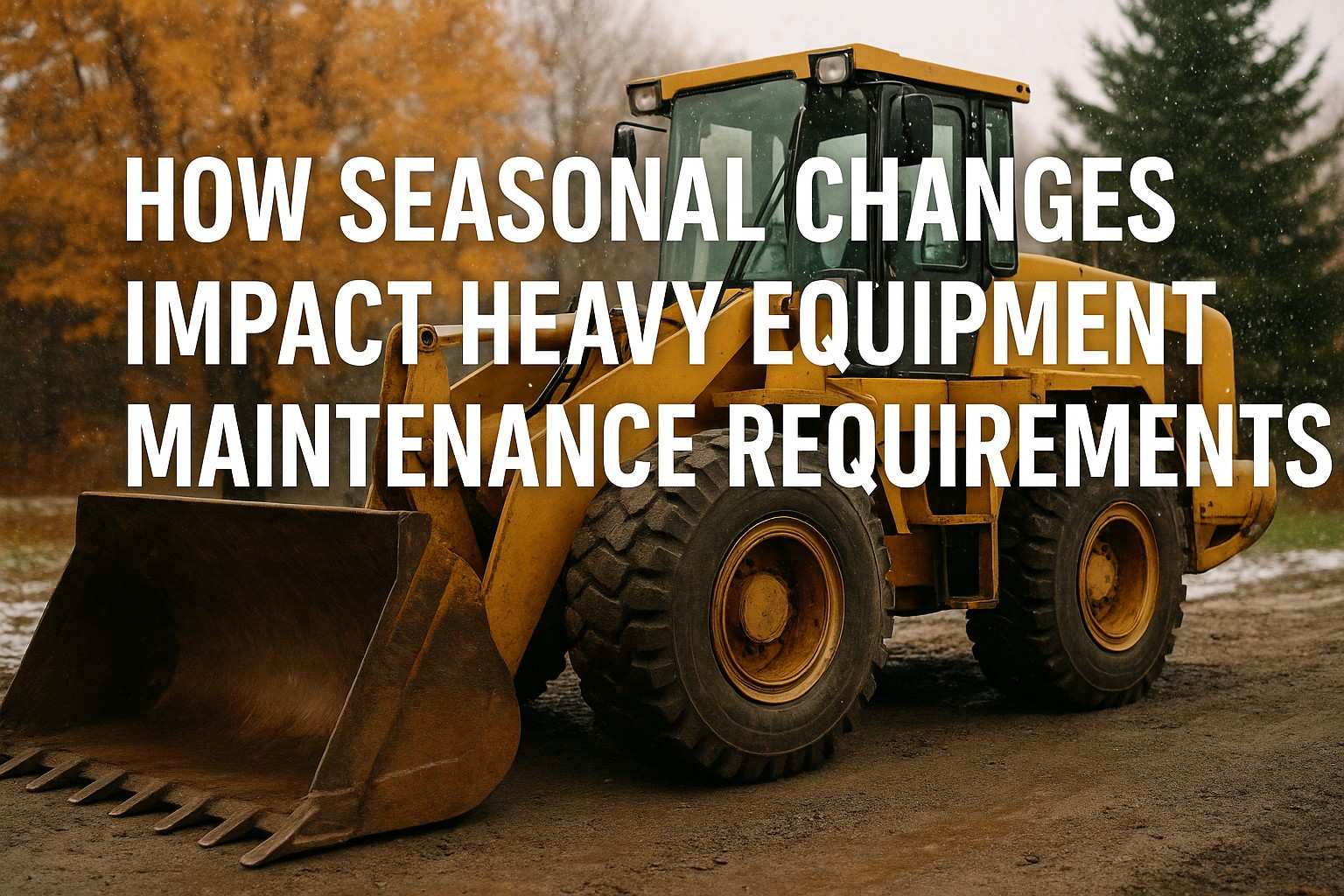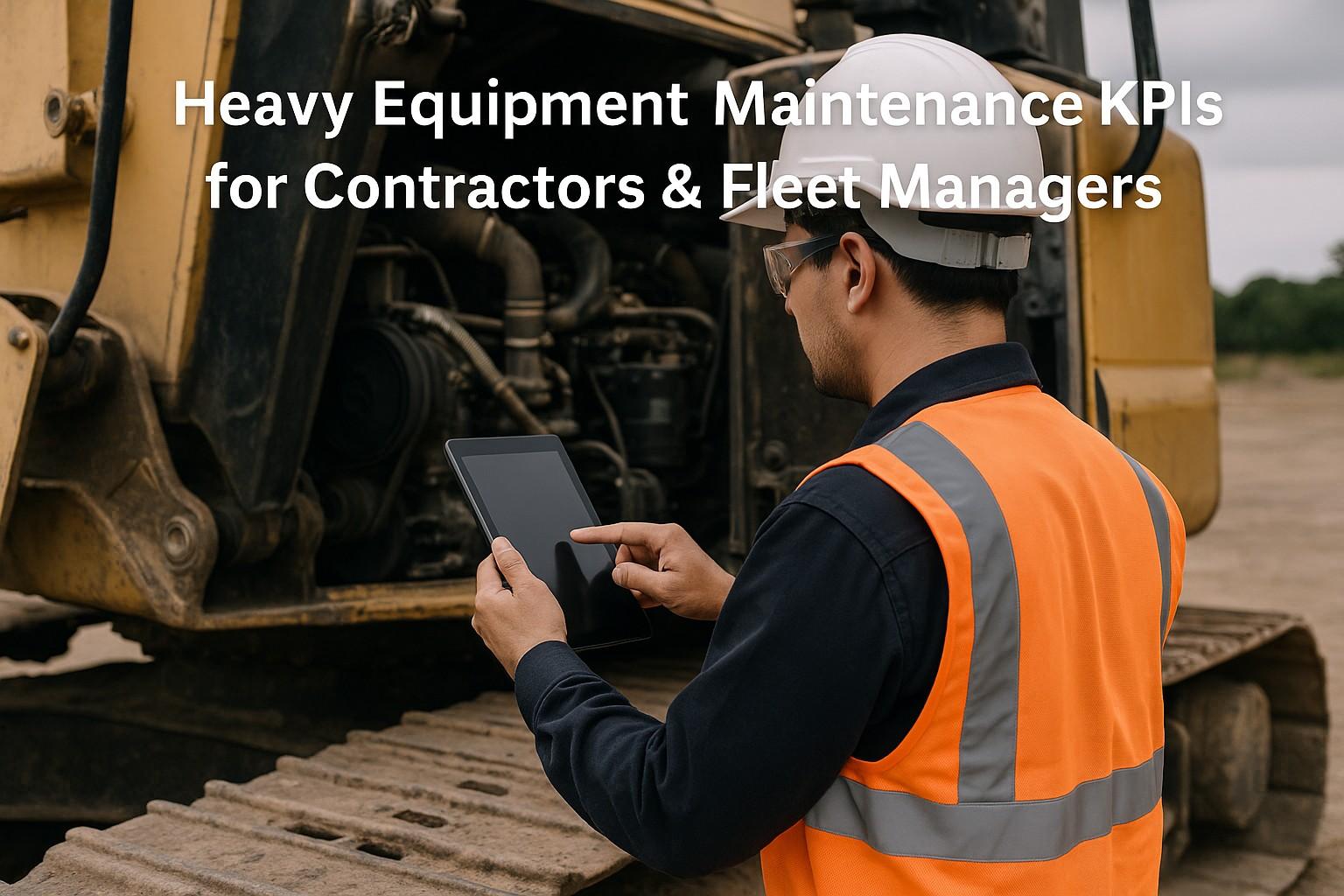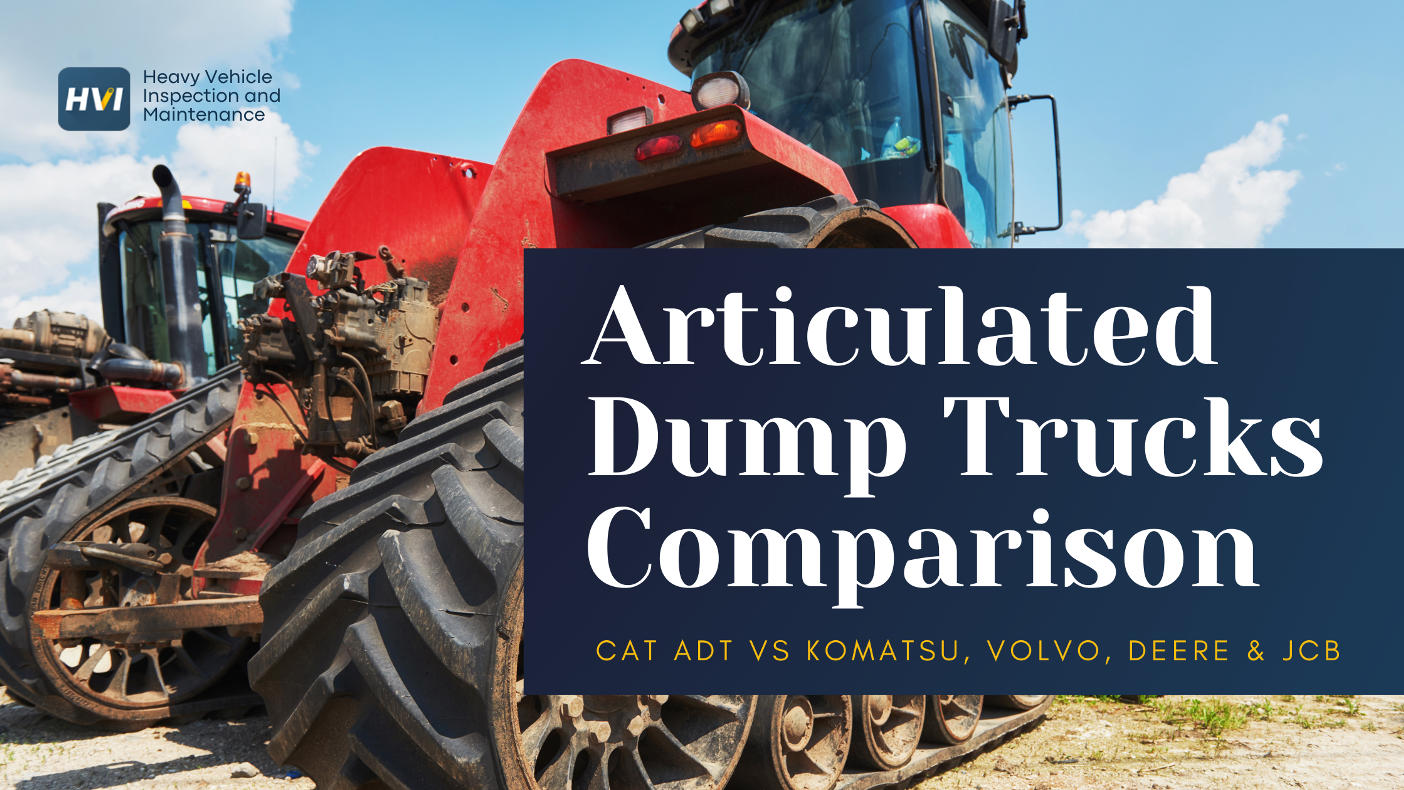Fleet managers, do you often feel overwhelmed by juggling vehicles, drivers, maintenance, and compliance? It can be daunting, but there is a way to make it all easier. Imagine getting more done, spending less, and keeping your drivers safer. Sounds great, right?
That's where fleet optimization comes in. It's not just a buzzword – it's a game-changer. Ready to dive in? Let's explore how to transform your fleet into a well-oiled machine.
Why You Should Care About Fleet Optimization
Before we get into the nitty-gritty, let's talk about why this even matters. Here's the deal:
- Save Money: We're talking serious savings. Think optimized routes that slash fuel costs, proactive maintenance that prevents expensive breakdowns, and efficient dispatching that reduces labor expenses.
- Get More Done: Automation is your friend. Automated tasks, real-time tracking, and smart dispatching free up your time to focus on what really matters: growing your business.
- Keep Your Drivers Safe: Happy drivers are safe drivers. By monitoring driver behavior, staying on top of maintenance, and ensuring compliance, you're creating a safer environment for everyone.
- Wow Your Customers: Late deliveries are a thing of the past. With fleet optimization, you'll be able to deliver on time, every time, and provide accurate ETAs that keep your customers in the loop.
- Make Smarter Decisions: A well-optimized fleet is a data goldmine. By analyzing this data, you'll gain insights that help you make informed decisions and continuously improve your operations.
The Fleet Management Toolkit: Your Secret Weapons
You wouldn't fight a battle without the right weapons, right? The same goes for fleet management. Here are the essential tools you need in your arsenal:
- Fleet Management Software (FMS): This is your command center. FMS centralizes all your fleet data, automates tasks, provides real-time tracking, and gives you powerful analytics to make smarter decisions. Think of it as your fleet's very own personal assistant.
- GPS Tracking: Know where your vehicles are at all times. This helps with route optimization, dispatching, theft prevention, and driver safety.
- Telematics: This goes deeper than GPS. Telematics gives you insights into vehicle diagnostics, driver behavior, and fuel consumption, so you can catch problems before they become major headaches.
- Electronic Logging Devices (ELDs): These handy devices automate the recording of drivers' hours of service (HOS), keeping you compliant with regulations and saving you from hefty fines.
- Mobile Apps: Give your drivers and managers the power of information on the go with mobile apps. They can access schedules, routes, and communicate with dispatch, all from their smartphones.
The Fleet Optimization Playbook: 5 Key Strategies
Ready to roll up your sleeves and get to work? Here are five key areas to focus on:
-
Vehicle Maintenance:
- Stay Ahead of the Game: Don't wait for breakdowns. Create a preventive maintenance schedule based on mileage, time, or manufacturer recommendations. Catching small issues early can save you a ton of money down the road.
- Use Data to Your Advantage: Telematics can predict when maintenance is needed based on actual vehicle usage. This means less downtime and fewer unexpected repair bills.
-
Fuel Management:
- Find the Shortest Path: Route optimization software can find the most efficient routes, saving you money on fuel and reducing wear and tear on your vehicles.
- Coach Your Drivers: Telematics can help you identify fuel-wasting habits like excessive idling or speeding. A little driver coaching can go a long way in reducing fuel costs.
-
Driver Management:
- Train for Success: Invest in driver training programs that focus on safe driving, fuel efficiency, and defensive driving. Remember, your drivers are the face of your company.
- Track Performance: Telematics data can tell you a lot about how your drivers are performing. Use this information to reward safe drivers, identify areas for improvement, and provide targeted coaching.
-
Dispatching and Routing:
- Automate, Automate, Automate: Let technology do the heavy lifting. Automated dispatching assigns jobs based on proximity, vehicle capacity, and driver availability, saving you time and ensuring efficiency.
- Be Flexible: Traffic happens. Dynamic routing adjusts routes in real-time, ensuring your drivers always take the fastest path.
-
Compliance and Reporting:
- Ditch the Paperwork: ELDs automate HOS logging, making compliance a breeze. No more messy paperwork or worries about violations.
- Analyze and Improve: Your FMS is packed with data. Use it to track key metrics, identify trends, and make data-driven decisions that will continuously improve your fleet's performance.
Facing Challenges Head-On
- Cost of Implementation: While the upfront cost of technology can be daunting, consider the long-term savings and ROI. Explore leasing or subscription-based models to spread out costs and make it more manageable.
- Data Security: Implement robust cybersecurity measures like encryption, access controls, and regular audits to protect your sensitive fleet data. Partner with reputable providers who prioritize data security.
- Driver Resistance: Involve drivers in the process, provide comprehensive training, and clearly communicate the benefits of new technologies. Highlight how these changes can make their jobs easier, safer, and less stressful.
The Future of Fleet Management: Embracing Innovation
- Artificial Intelligence (AI): AI will further automate tasks, optimize routes in real time, predict maintenance needs with greater accuracy, and even detect driver fatigue. AI-powered tools will become increasingly sophisticated, leading to even greater efficiency and safety gains.
- Electric Vehicles (EVs): As EV adoption grows, fleet managers will need to adapt to new charging infrastructure requirements, maintenance procedures, and energy management strategies. Embracing EVs can lead to significant cost savings in fuel and maintenance.
- Autonomous Vehicles (AVs): While still in their early stages, AVs have the potential to revolutionize the industry, impacting driver roles, logistics, and overall efficiency. Staying informed about AV developments is crucial for future planning.
The ROI of Streamlining: More Than Just Numbers
The ROI of streamlining goes beyond just cost savings:
- Increased Revenue: Improved efficiency can lead to more deliveries or services, directly impacting revenue.
- Reduced Risk: Fewer accidents and breakdowns translate to lower insurance premiums and fewer liability claims.
- Improved Reputation: A well-managed fleet enhances your brand image and customer satisfaction, leading to increased customer loyalty and positive word-of-mouth.
- Employee Morale: Streamlined processes and improved technology can boost employee morale and job satisfaction, leading to higher retention rates and productivity.
Top 10 FAQs
- What is fleet management?
- Fleet management is the comprehensive process of managing a company's vehicles, including acquisition, maintenance, tracking, routing, dispatching, driver management, and compliance.
- What are the key benefits of streamlining fleet management?
- Streamlining leads to cost reduction, increased productivity, enhanced safety, improved customer satisfaction, and data-driven decision making.
- How can fleet management software (FMS) help my business?
- FMS centralizes data, automates tasks, provides real-time tracking, offers robust reporting and analytics, and streamlines various aspects of fleet management.
- What is the role of telematics in fleet management?
- Telematics provides valuable insights into vehicle diagnostics, driver behavior, and fuel consumption, enabling proactive maintenance and safety improvements.
- How can I reduce my fleet's fuel consumption?
- Optimize routes, monitor and correct driver behavior, ensure proper vehicle maintenance, and consider using fuel-efficient vehicles or alternative fuels.
- What are the compliance requirements for fleet management?
- Compliance requirements vary by region and industry, but often involve vehicle safety, driver hours of service (HOS), emissions, and hazardous materials transport.
- How can I ensure my fleet is compliant with regulations?
- Utilize ELDs, stay informed about regulatory changes, conduct regular audits, and implement a compliance management system.
- What are the best practices for preventive maintenance?
- Create a maintenance schedule based on manufacturer recommendations and vehicle usage, conduct regular inspections, and leverage telematics data for predictive maintenance.
- How can I improve driver safety?
- Invest in driver training programs, monitor driver behavior with telematics, create a culture of safety within your organization, and incentivize safe driving practices.
- What is the future of fleet management?
- AI, EVs, and AVs will revolutionize the industry, automating tasks, optimizing operations, and improving safety. Staying abreast of these advancements is crucial for future success.
Ready to streamline your fleet and see real results? Download our free HVI APP today and start optimizing your operations.






